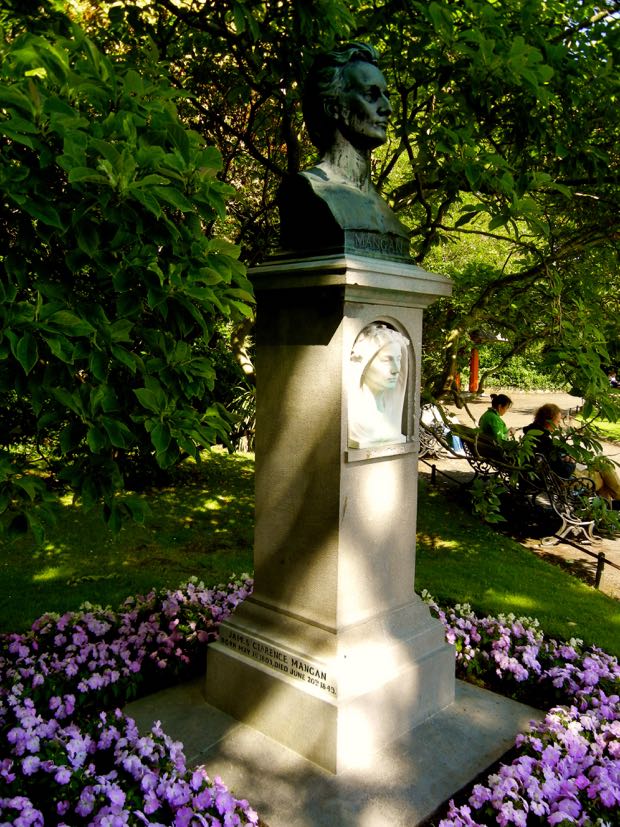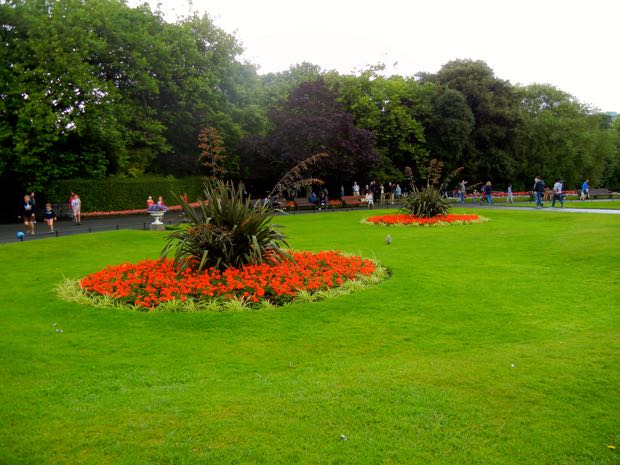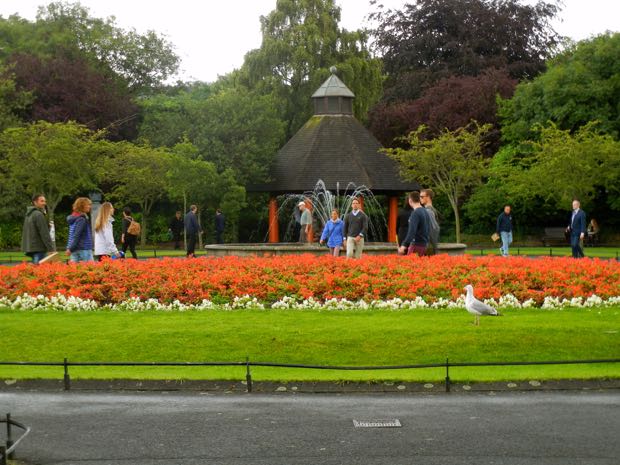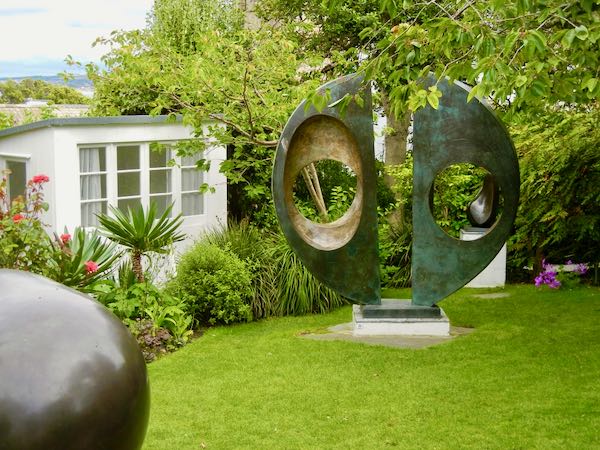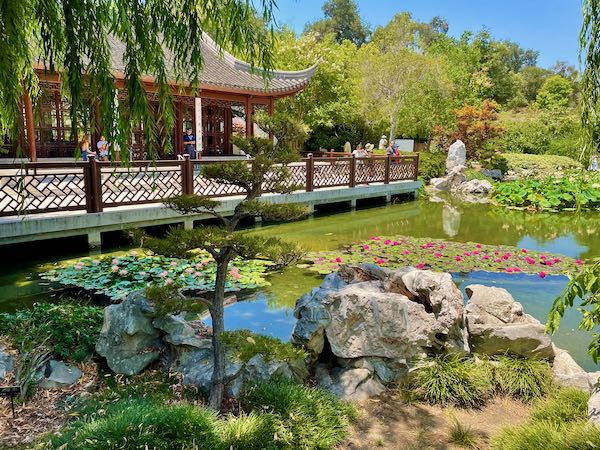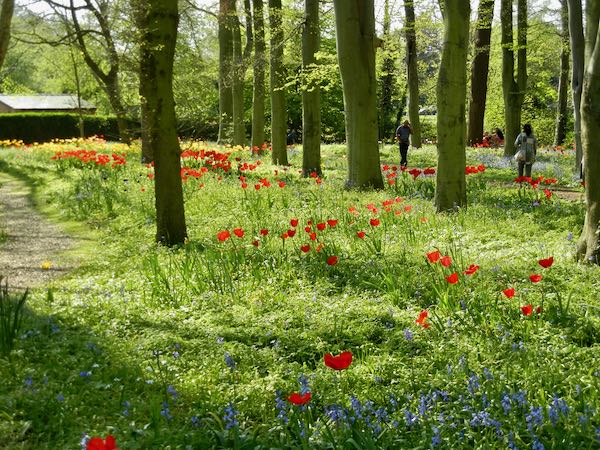St. Stephen’s Green: A Historic Park in Dublin, Ireland
St. Stephen’s Green, located in the heart of Dublin City Center, has a rich history spanning four centuries. Originally, the area was a marshy piece of land used for grazing livestock. However, in 1634, it was enclosed and the surrounding land was sold for development. The rent generated from this development played a crucial role in building the streets and the neighborhood around the park. As part of this development, the residents were asked to plant sycamore trees in the park, contributing to its greenery.
During the 18th century, the houses around St. Stephen’s Green were replaced by elegant Georgian buildings, transforming the area into a wealthy and fashionable neighborhood. Although few remnants of these original 18th-century buildings exist today, the architectural style of the park still reflects its Georgian heritage. Initially, the park was enclosed by two rows of lime trees. However, in 1815, Arthur Neville redesigned the park, enclosing it with iron fences and creating a network of winding paths.
Redesign of St. Stephen’s Green and Opening to the Public:
By 1814, St. Stephen’s Green had started to deteriorate, prompting the commission for repairs and additional planting to take over its management. However, the park became private, accessible only to residents, which led to public resentment. In 1860, when the decision was made to open the park to the public again, William Sheppard was commissioned to redesign it, shaping it into the park we know today.
In 1877, Sir Arthur Guinness, later known as Lord Ardilaun, paid off the park’s debts and transferred its ownership to the Department of Public Works. He also made significant investments in landscaping, introducing numerous exotic plants and trees to enhance the park’s beauty.
Features and Attractions:
St. Stephen’s Green offers a range of interesting features and areas for visitors to enjoy. One notable section is dedicated to the blind, featuring scented plants and signage in braille. The park is also home to various monuments and sculptures, including the Fusiliers’ Arch, which commemorates the Royal Dublin Fusiliers’ role in the Second Boer War.
Other notable attractions within the park include the Fountain of Three Fates by Joseph Wackerle, a statue of Lord Ardilaun, a sculpture by Henry Moore, and statues of prominent figures like James Joyce, Constance Markievicz, Robert Emmet, Thomas Kettle, Fenian leader Jeremiah O’Donovan Rossa, and Theobald Wolfe Tone. Additionally, there is a memorial dedicated to the victims of the Great Famine of 1845–1850.
Among these sculptures and monuments, there is also a bust of Constance Georgine Markievicz, who made history as the first woman to win a seat in the House of Commons. St. Stephen’s Green stands as a testament to Dublin’s history and serves as a beloved public park, offering a tranquil retreat in the heart of the city.
